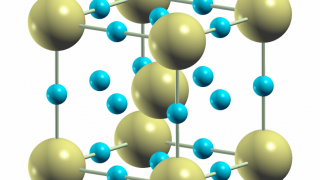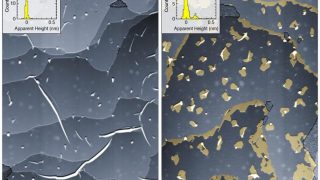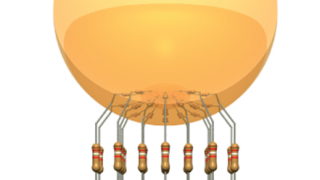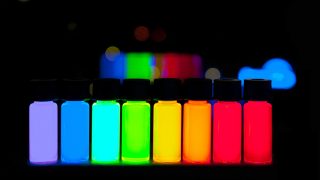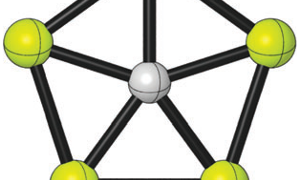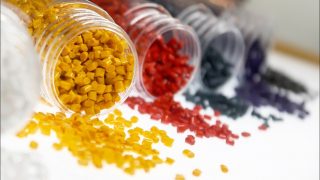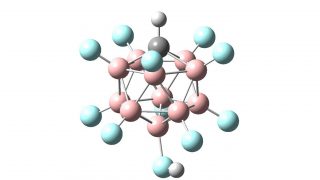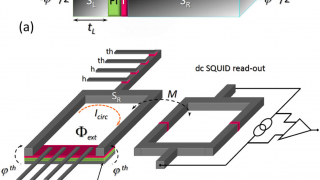
How to measure tiny temperature differences using a Josephson junction
Condensed matter • Materials • Physics • Quantum physics • Theoretical physics
At low temperatures, the resistivity of a metal (the inverse of its conductivity) is nearly constant. As the temperature of a material is lowered and as we approach absolute zero the resistivity should approach a constant value. Many metals, known as normal metals, behave in this way. The behaviour of another class of metals and […]
